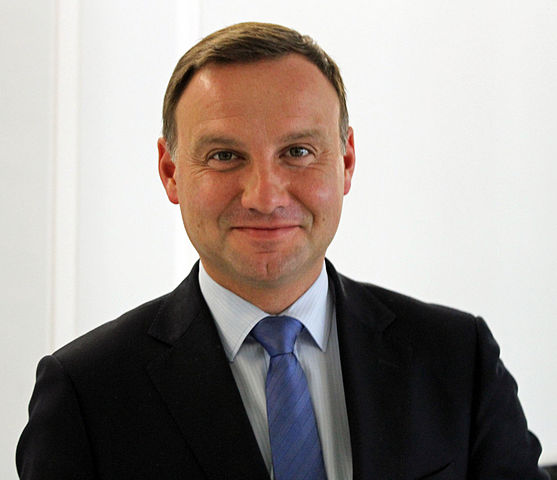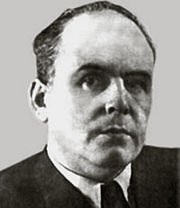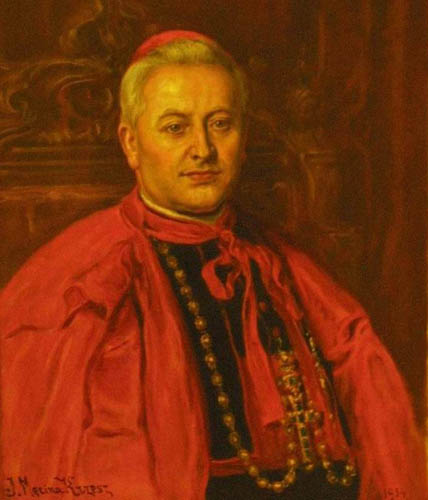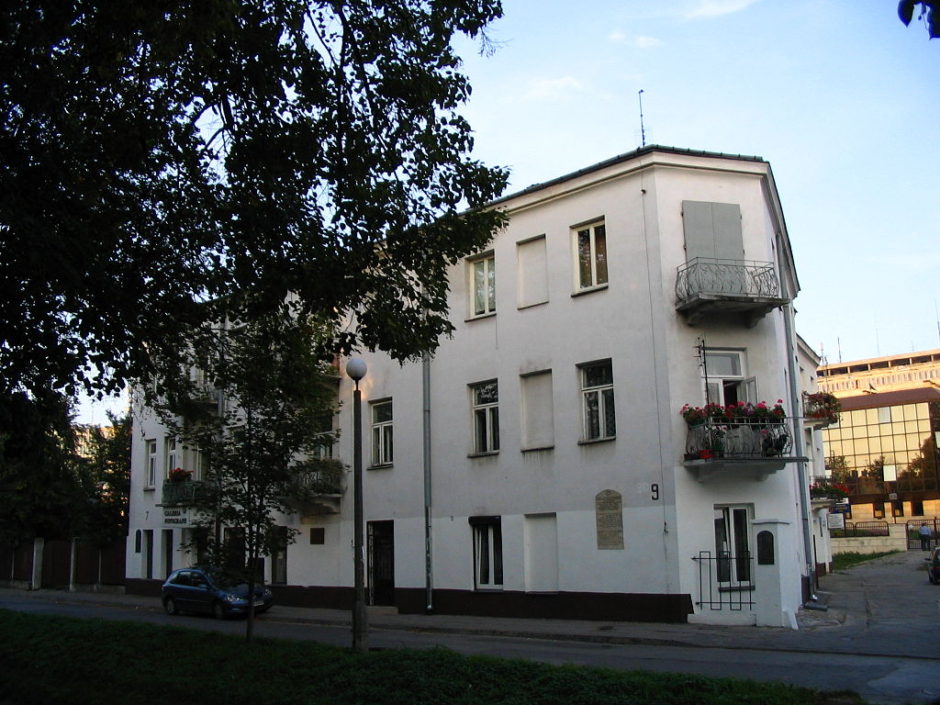Seventy years ago this month, Poland was shaken by the worst pogrom in postwar Europe.

In an outburst of antisemitic violence, 42 Polish Jews were killed by a mob in the southeastern city of Kielce, touching off the departure of tens of thousands of Jews from Poland and staining Poland’s international image.
This week, Poles remembered this atavistic incident, which took place on July 4, 1946.

Drawing lessons from it, Polish President Andrzej Duda said, “In a free, sovereign and independent Poland, there is no room for any form of prejudice, racism, xenophobia and antisemitism.”
In a letter, Polish Prime Minister Beata Szydlo said, “Seventy years ago, shortly after a devastating war and the Holocaust, in Kielce again flowed the blood of innocent people.”
Even now, the circumstances surrounding the pogrom remain the subject of speculation.
Was it a spontaneous eruption? Or was it premeditated? Was it an explosive manifestation of grassroots antisemitism? Or was it a cynical plot by the Soviet Union, the preeminent communist power, to discredit anti-communist elements in Poland and abroad?
Whatever its cause, the pogrom further embittered Polish-Jewish relations, which had sunk to new lows during the 1930s.
The Polish government issued an apology in 1996, but among Polish Jews, the anguish and the anger have yet to subside.
When World War II ended, about 200 Polish Jews lived in Kielce, less than one percent of its pre-Holocaust population. Having found refuge in the Soviet Union during the Nazi occupation, they had returned to Poland to rebuild their lives.

The events that led to the pogrom were instigated by Henryk Blaszczyk, a Polish boy who claimed that he and other Christian children had been abducted and taken to a basement in a building at 7 Planty Street which housed Jewish social and religious institutions and scores of Jewish refugees.
Members of the local militia who entered the premises found neither children nor a cellar. Nonetheless, a crowd gathered in front of the building and began harassing Jews. Violence broke out and Jews were murdered in cold blood. Militiamen and soldiers joined in the orgy of killing.
One hundred people were arrested, and following a trial, nine were sentenced to death and executed. The government launched an investigation, but a report was never issued.
The communist authorities claimed that the pogrom had been fomented by the anti-communist underground in collusion with the Polish Peasants Party and pinned moral responsibility for it on the Roman Catholic church.
Michael Checinski, a former intelligence officer and the author of Poland: Communism, Nationalism, Antisemitism, wrote that the pogrom may well have been planned by the Soviet and Polish security services as part of a calculated plot to tighten Moscow’s grip on Poland.
This theory is supported by a booklet — Kielce — July 4, 1946 — published by the Polish Educational Foundation in North America: “The pogrom … was timed for anti-Polish propaganda purposes to persuade the Western powers that Poland should remain a colony of the Soviets…”
True or not, the pogrom was certainly an expression of deeply-ingrained antisemitism.
In the aftermath of the war, anti-Jewish sentiments were rife in Poland. The German occupation had sharpened traditional antisemitism. To this may be added two additional factors. Poles who had come into possession of Jewish property during the war were unwilling to relinquish it. Some Poles were convinced that Jews had been complicit in the communist takeover of Poland, and that Jews were too prominently represented in the government.

Jewish communists were indeed prominent in postwar regimes. The most notable of these office-holders were Jacub Berman, Hilary Minc and Roman Zambrowski, all of whom were assimilated Jews who had little or no contact with the organized Jewish community. Jews were particularly over-represented in the hated security apparatus, a fact intensely resented by right-wing Polish nationalists.
“The first cadres of the Polish Communist Party in 1945 … were composed of men in uniform, a very large proportion of them intellectuals of Jewish descent,” writes the Polish poet Czeslaw Milosz, who was not unfriendly to Jews. “The Russians regarded them as more reliable instruments of Soviet desires in the belief that they would be less inclined to Polish patriotism because of the discrimination to which the Polish rightists had subjected them before the war.”
Due to such perceptions, antisemitic violence convulsed Poland during the postwar period. Before Kielce, pogroms had erupted in Rzeszow and Krakow. In December 1945, a grenade had been thrown into the Jewish community center in Kielce.
By the summer of 1947, approximately 1,500 Polish Jews had been slain in attacks in 155 localities, says Jeff Shatz in The Generation: The Rise and Fall of Jewish Communists in Poland.
These violent incidents drove up the rate of Jewish emigration, even as the Polish government tried to revive Jewish life in Poland.

The role of the Catholic church in the Kielce pogrom is still hotly debated. August Hlond, the primate of Poland who in 1936 had called for a boycott of Jewish businesses, condemned the pogrom, but attributed it “to the Jews who today occupy leading positions in Poland’s government and endeavor to introduce a governmental structure that the majority of Poles do not wish to have…”
Echoing this view, the bishop of Lublin observed: “The Germans murdered the Jewish nation because the Jews were the propagators of communism.”
It’s true that a disproportionate number of Jews belonged to the Communist Party, but most Jews were not communists, nor did they bring communism to Poland. Nevertheless, many Poles were convinced that there was a direct relationship between Jews and communism. They called it Zydo-Komuna — Jewish communism.
The Catholic church was receptive to this notion, which may explain, in part at least, why countless priests declined to oppose antisemitism before, during and after the Holocaust.
Two months before the pogrom in Kielce, Rabbi David Kahane, a Polish Jewish leader, requested a pastoral letter from the church condemning antisemitism. It was not issued, says historian Michal Borwicz.
On the day of the pogrom, a local Jewish leader called the bishop’s office and asked for assistance. His message was not passed on, Borwicz claims.
Such was the atmosphere in Poland in 1946.
